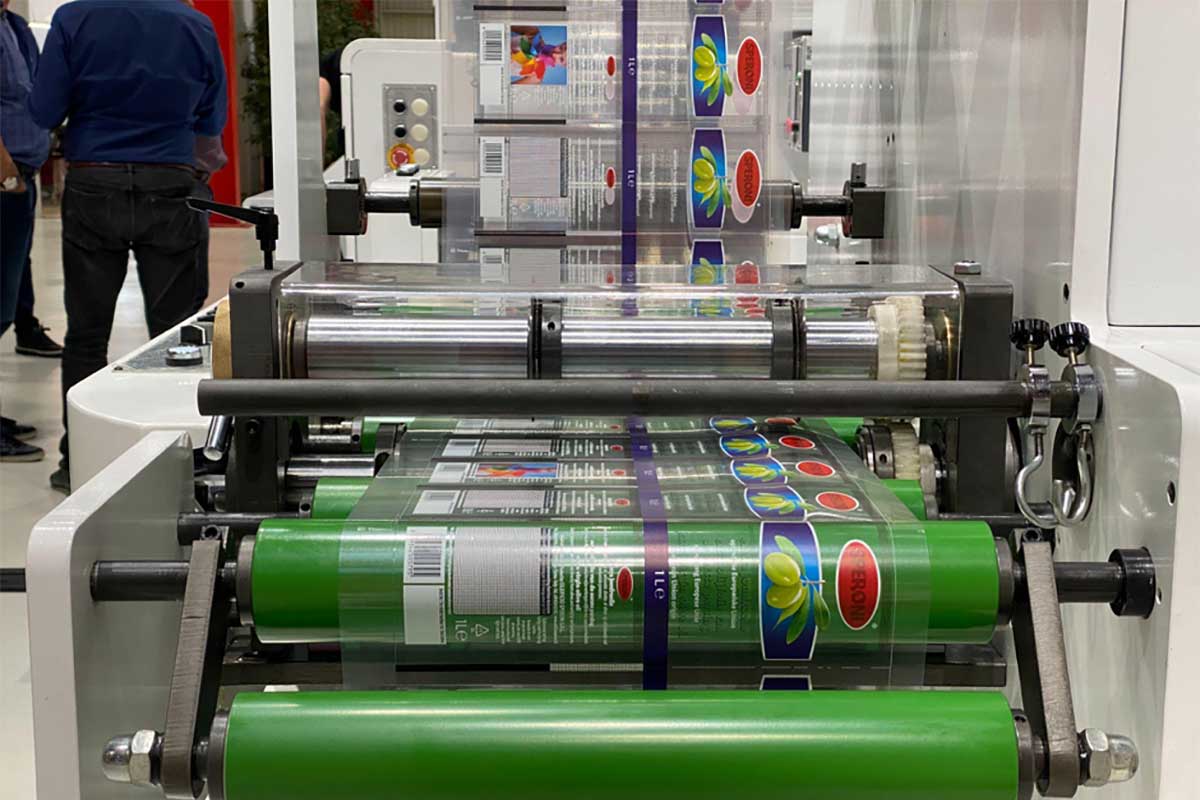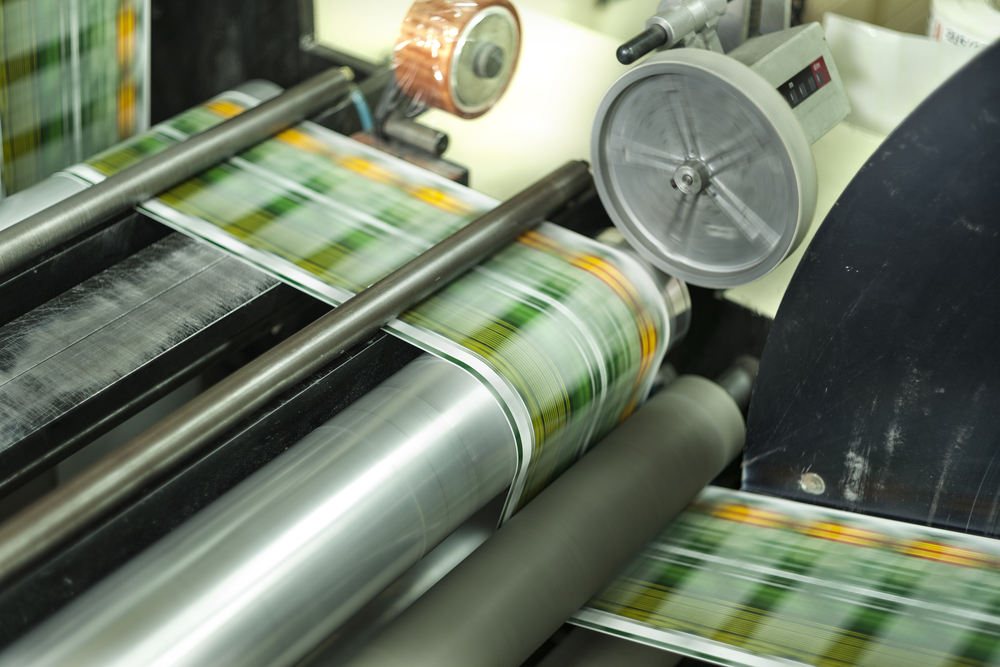Have you ever wondered why your transfer prints don’t come out as planned? Understanding how to mirror image to print on transfer paper can transform your printing experience. The technique involves reversing the image before you commit it to transfer paper, ensuring that when printed, it appears correctly.

The Importance of Mirroring an Image
Before diving into the techniques, let’s comprehend why mirroring an image is crucial. Whether creating a custom T-shirt, a home decor item, or a professional gift, ensuring your text and graphics print correctly is essential. Mirroring ensures that any text or directional design appears exactly as intended once transferred.
Understanding Transfer Paper
Transfer paper is a special paper that has the ability to transfer images onto clothing and other surfaces. When you learn the basics of transfer paper, your designs will truly shine. For more insights, read about transfer paper guide to grasp how different paper types can affect your output.
Getting Started with Mirroring Images
Selecting the Right Software
There are various software options available to mirror images efficiently. Popular choices include Adobe Photoshop, Microsoft Word, and free online tools like Canva. Each of these platforms offers distinct advantages, so choose one that aligns with your needs.
Step-by-Step Guide
- Open Your Image: Launch the software of your choice and load your image.
- Access the Mirror Option: Most programs will have a ‘flip horizontally’ or ‘mirror’ option readily accessible.
- Adjust and Save: Once the image is mirrored, ensure everything appears as desired. Save your image in a suitable format, usually JPEG or PNG, for printing.
For a more detailed look at image manipulation, check out image modification tips for additional help.
Choosing the Ideal Printer
Not all printers are created equal when it comes to transfer projects. Ensuring you have a high-quality inkjet printer will make a significant difference in the final outcome. Inkjet printers are preferred due to their superior color output, crucial for vibrant designs.
Additionally, learning how to print item labels can further enhance your technique, offering versatility in handling different types of paper and projects.
Printer Settings for Best Results
- Paper Type: Adjust your printer settings to align with ‘transfer paper’ or ‘photo paper’ for optimal results.
- Quality Mode: Opt for the highest quality print setting to ensure vibrant and sharp images.
- Color Management: If your printer offers color management settings, adjust these to enhance the hue and saturation of your prints.
Perfecting the Printing Process
Loading the Transfer Paper
Ensure you’re using the right side of the transfer paper. Typically, one side is plain while the other has a distinct coated feel. The coated side is the printable side.
Executing the Mirrored Print
Navigate to the print settings and double-check that you have the image mirrored. After hitting print, wait for it to dry completely to avoid smudging.
Troubleshooting Common Issues
Facing challenges is part of the learning curve. If colors aren’t appearing as anticipated, or the transfer seems off, you might need to reevaluate your software settings or printer calibration. Consider checking the printer’s alignment or the paper’s loading direction.
FAQs About Mirrored Image Printing
- Why are my letters backwards? If your text appears reversed, it’s likely not mirrored properly. Revisiting the mirroring settings in your software will usually resolve this issue.
- Which side do I print on? Always print on the coated side of the transfer paper to guarantee successful transfers.
- My image is smudging, what did I do wrong? Smudging occurs if the ink hasn’t fully dried. Giving adequate time for drying pre-transfer is imperative.
For more in-depth solutions, see printer issue solutions.

Conclusion
Mastering how to mirror image to print on transfer paper can lead to marvelous creations. By mirroring your image, selecting the right tools, and perfecting your printing process, your designs will come to life with precision and clarity. With care and a bit of practice, you’ll be thrilled by the high-quality results you achieve.
This article contains affiliate links. We may earn a commission at no extra cost to you.

